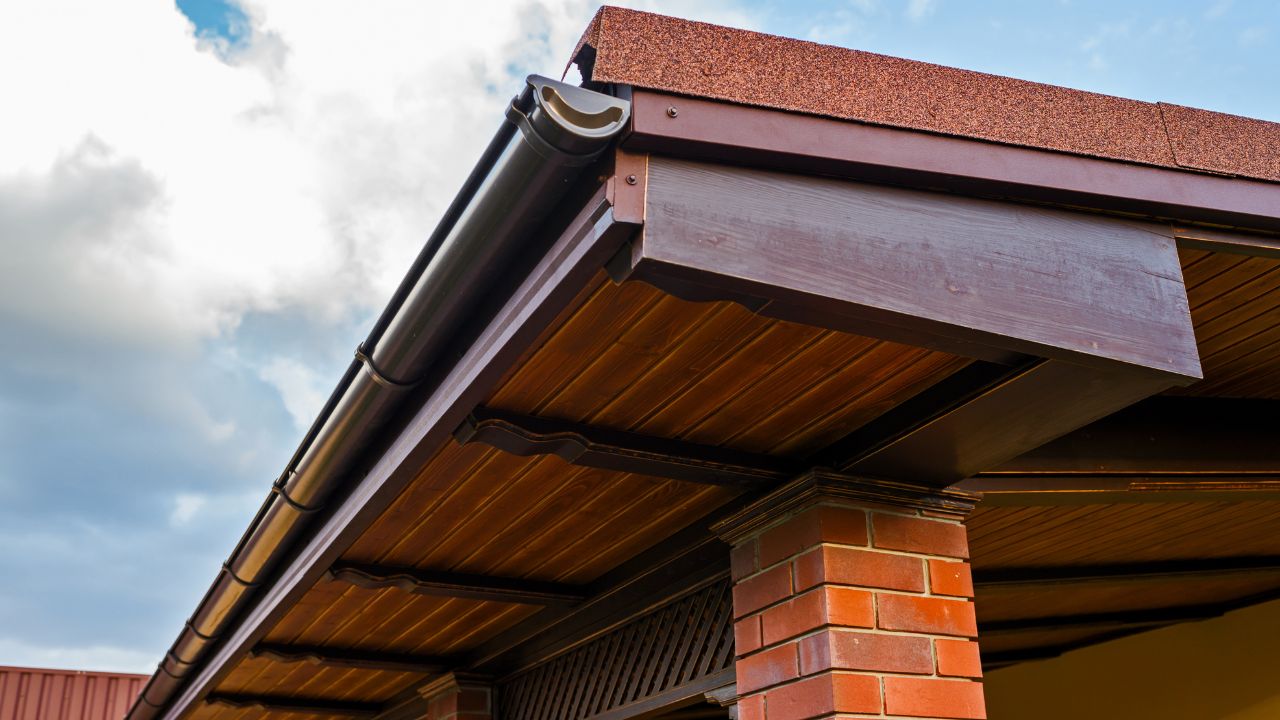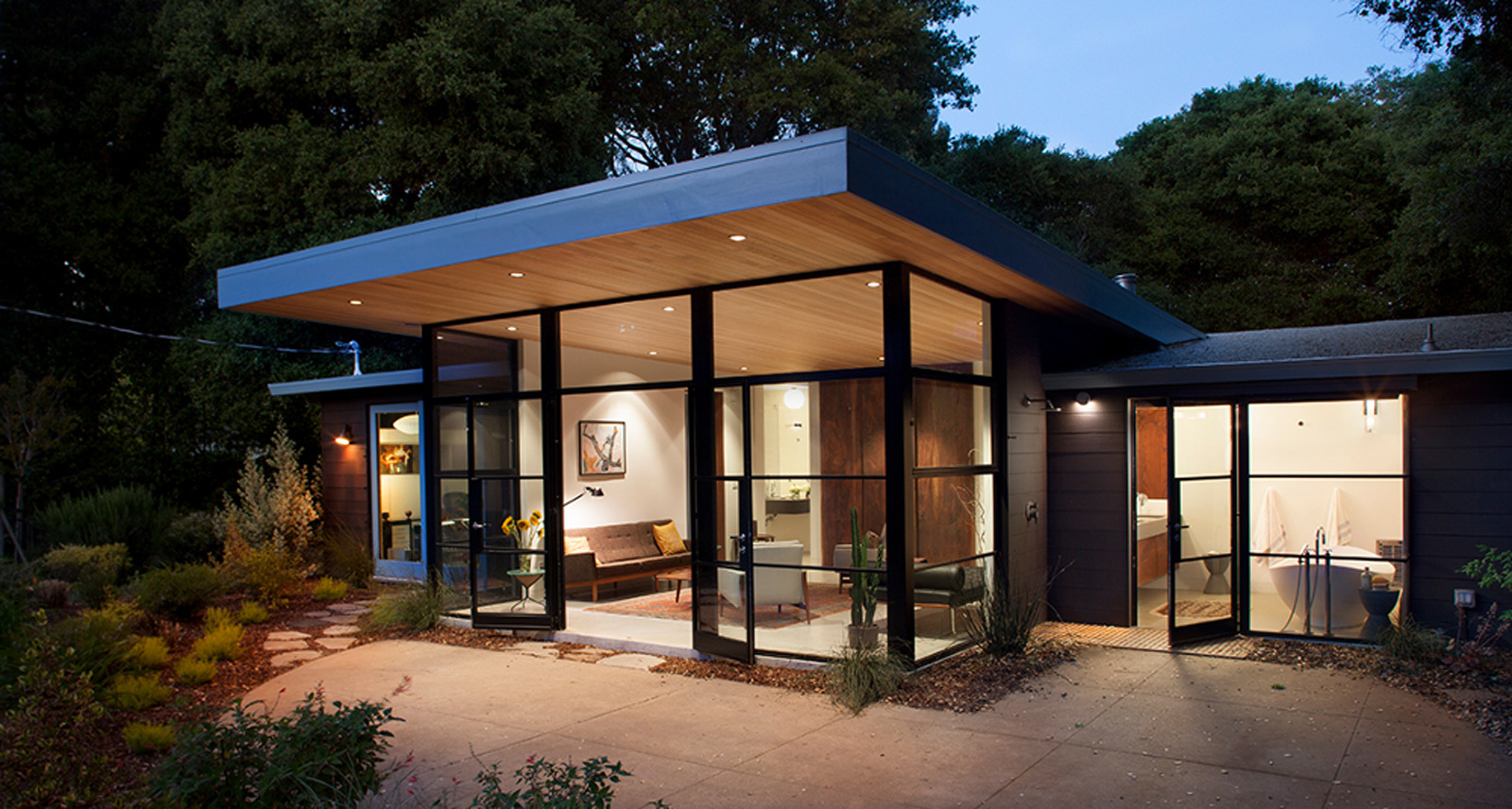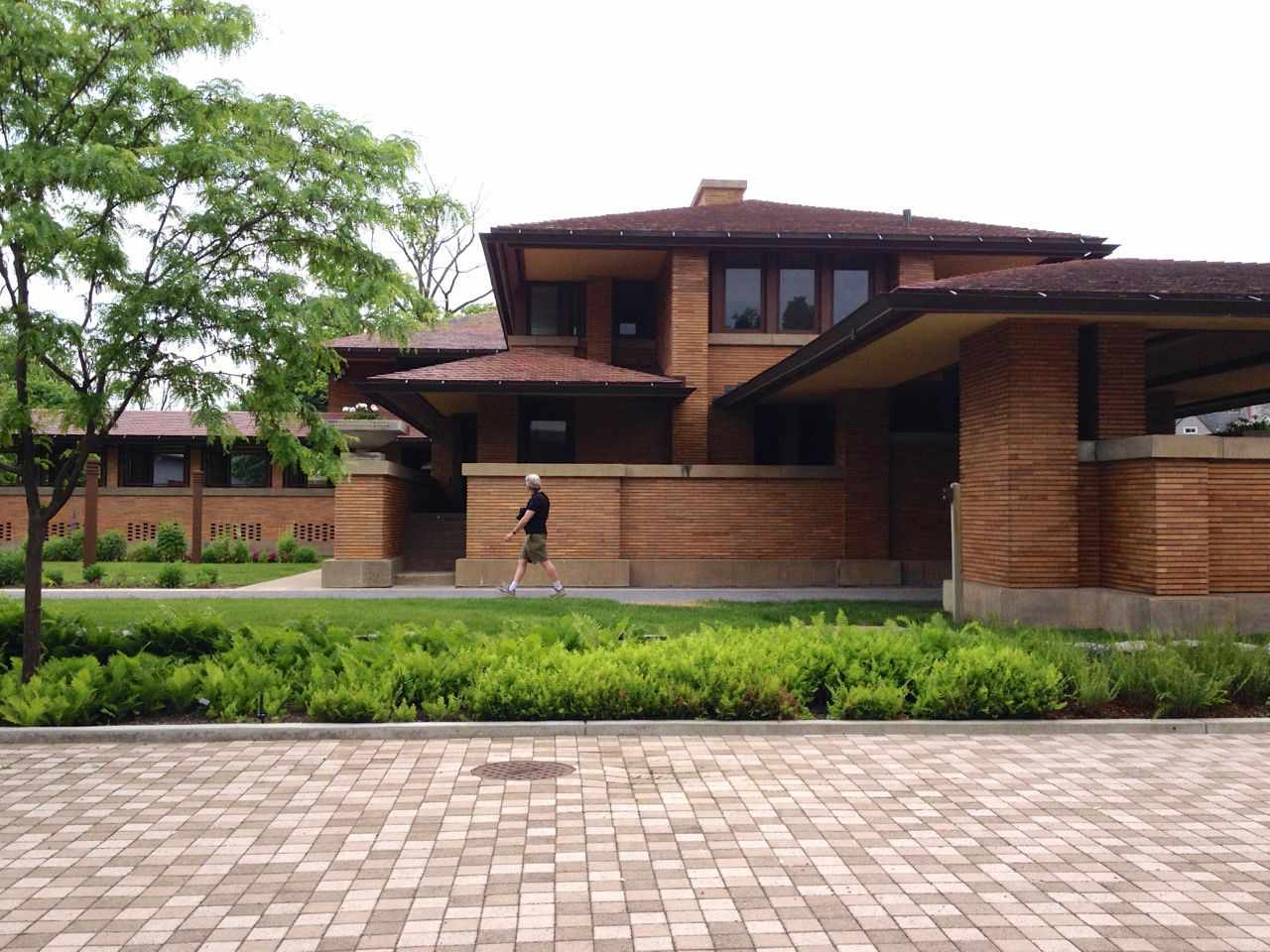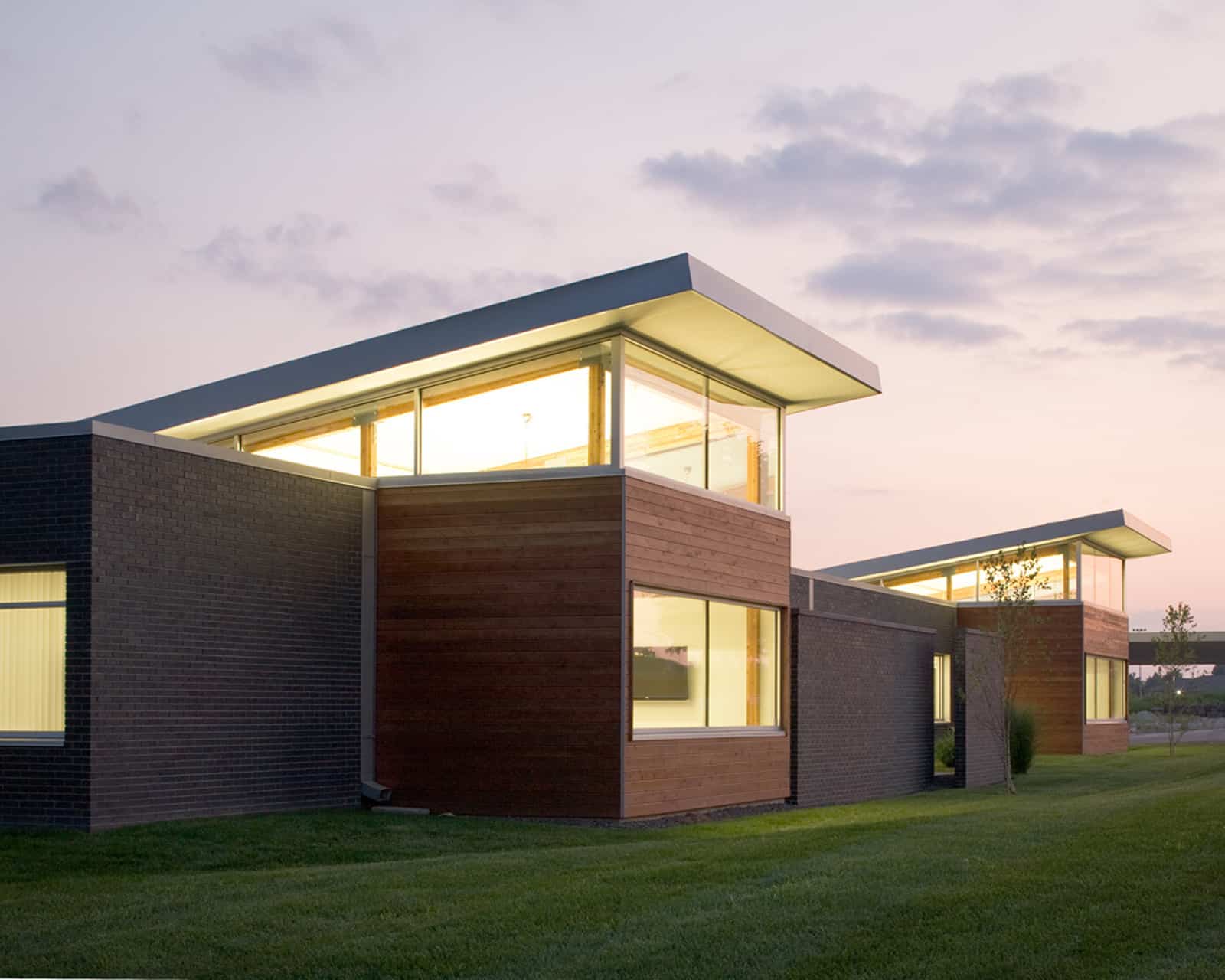Imagine standing in front of a house on a sunny day. The shade that cools you down is likely provided by the roof overhang. These extensions of the roof structure play a crucial role in keeping homes comfortable and protected.
Roof overhangs not only shield windows and walls from rain and harsh sunlight but also enhance the energy efficiency of your home.
In addition to their practicality, roof overhangs add a touch of charm to your house. The extra depth and detail they bring can transform a plain roofline into something visually appealing.
Whether you’re looking to boost your home’s curb appeal or add some architectural flair, roof overhangs are a key element in achieving that.
Besides improving appearance, they offer functional benefits. By extending the roof beyond the walls, overhangs help prevent water damage and reduce indoor temperature variation.
This can lead to lower energy bills and a more comfortable living space. For those interested in home improvement, understanding how roof overhangs can benefit you is a great first step.
Exploring the Functional Benefits of Roof Overhangs

Roof overhangs offer several essential advantages. They protect your home from harsh weather, improve energy efficiency, and provide natural light while minimizing heat gain.
Protection From Rain, Snow, and Rot
Roof overhangs help shield your exterior walls and foundation from rain and snow. By directing water away from the structure, they prevent moisture from seeping into walls and causing rot.
This protection helps maintain the integrity of your home and reduces the need for costly repairs.
Overhangs also provide coverage that protects windows, reducing the chance of water damage and extending their lifespan. Protecting your home from snow and rain helps maintain a healthy and sturdy structure.
Improved Energy Efficiency and Reduced Costs
Roof overhangs contribute to better energy efficiency by limiting the amount of direct sunlight that enters your home.
This reduces the need for excessive air conditioning in the summer, which can significantly lower your energy consumption and cooling costs.
By blocking some of the sun’s heat, overhangs act as natural insulation, helping to maintain a more stable indoor temperature. This also means lower energy costs and a more comfortable living environment.
Shade and Cooling: Natural Light with Less Heat
Overhangs provide shade for your windows, keeping your home cooler during hot months. They allow natural light to enter while blocking much of the solar heat gain, creating a bright yet comfortable indoor space.
This balance of light and shade means you can enjoy well-lit rooms without the added heat, reducing the need for artificial lighting and further cutting down on energy costs.
Roof overhangs are an effective way to blend natural light with efficient cooling.
Enhancing Aesthetic Appeal and Structural Integrity

Roof overhangs are essential for both visual interest and the long-term health of your home. They can transform the look of a house while protecting it from weather damage.
Architectural Styles and Visual Interest
Roof overhangs add architectural charm and character to any house. They can be designed to match various styles, such as gable, gambrel, mansard, or shed roofs. Each type brings its own unique aesthetics.
For example, gable roof overhangs create a classic look, while mansard roof overhangs offer a more intricate and elegant appeal. Shed roof overhangs provide a modern, minimalist style.
Incorporating elements like wood trim and paint can enhance the attractiveness even further. Overhangs also provide a protective shield for exterior walls, preserving the beauty of your home’s siding and windows.
Ensuring Longevity of Materials and Structural Integrity
Roof overhangs are vital for maintaining the structural integrity of your home. They help divert rainwater away from the edge of the roof, minimizing water damage and reducing the risk of leaks.
By shielding walls from rain, snow, and harsh sunlight, overhangs extend the life of your home’s exterior materials. This protection is crucial in preventing wood rot and paint deterioration.
Different types of roof overhangs, such as extended shed roof overhangs, offer increased durability and weather protection. These overhangs also improve insulation, keeping your home cooler in the summer and warmer in the winter.
Including overhangs in your roofing plan ensures you maintain the structure’s integrity for many years, saving on costly repairs and upkeep.
Types of Roof Overhangs and Design Considerations

Different types of roof overhangs offer specific benefits and suit various architectural styles. It’s essential to understand how each type functions and the importance of following building codes for optimal results.
Comparing Gable, Hip, Shed, and Gambrel Overhangs
Gable Roof Overhangs: These are common in many homes and feature two sloping sides that meet at a ridge. They provide excellent air circulation and help with water runoff. This overhang style is ideal for areas with heavy rainfall.
Hip Roof Overhangs: Hip roofs have slopes on all sides and overhangs that offer extra stability against wind. This design is great for regions prone to severe weather since all sides distribute the force equally.
Shed Roof Overhangs: Featuring a single slant, shed roof overhangs are modern and sleek. They extend the covered area, providing shade to patios and decks. Proper drainage is crucial to prevent water pooling.
Gambrel Roof Overhangs: Often seen in barn-style homes, gambrel roofs have two slopes on each side. They create more space within the upper floor or attic, and their overhangs can naturally light interior spaces through side windows.
Importance of Building Codes and Tailored Overhang Solutions
Following building codes ensures your roof overhang is safe and effective. Codes vary by location and consider factors like climate and materials used.
Tailoring overhang solutions to your home’s needs is also crucial. For instance, larger overhangs protect from intense sunlight in hot climates, while smaller overhangs reduce wind damage in stormy areas.
Eaves and soffits play key roles in overhang design. They’re not just functional parts but also add to your home’s aesthetic. Whether you choose a cantilever overhang, decorative overhang, or other types, make sure it fits your architectural style and sustainability needs.
Remember that proper installation and maintenance are vital for longevity and effectiveness, providing both protection and beauty to your home.



